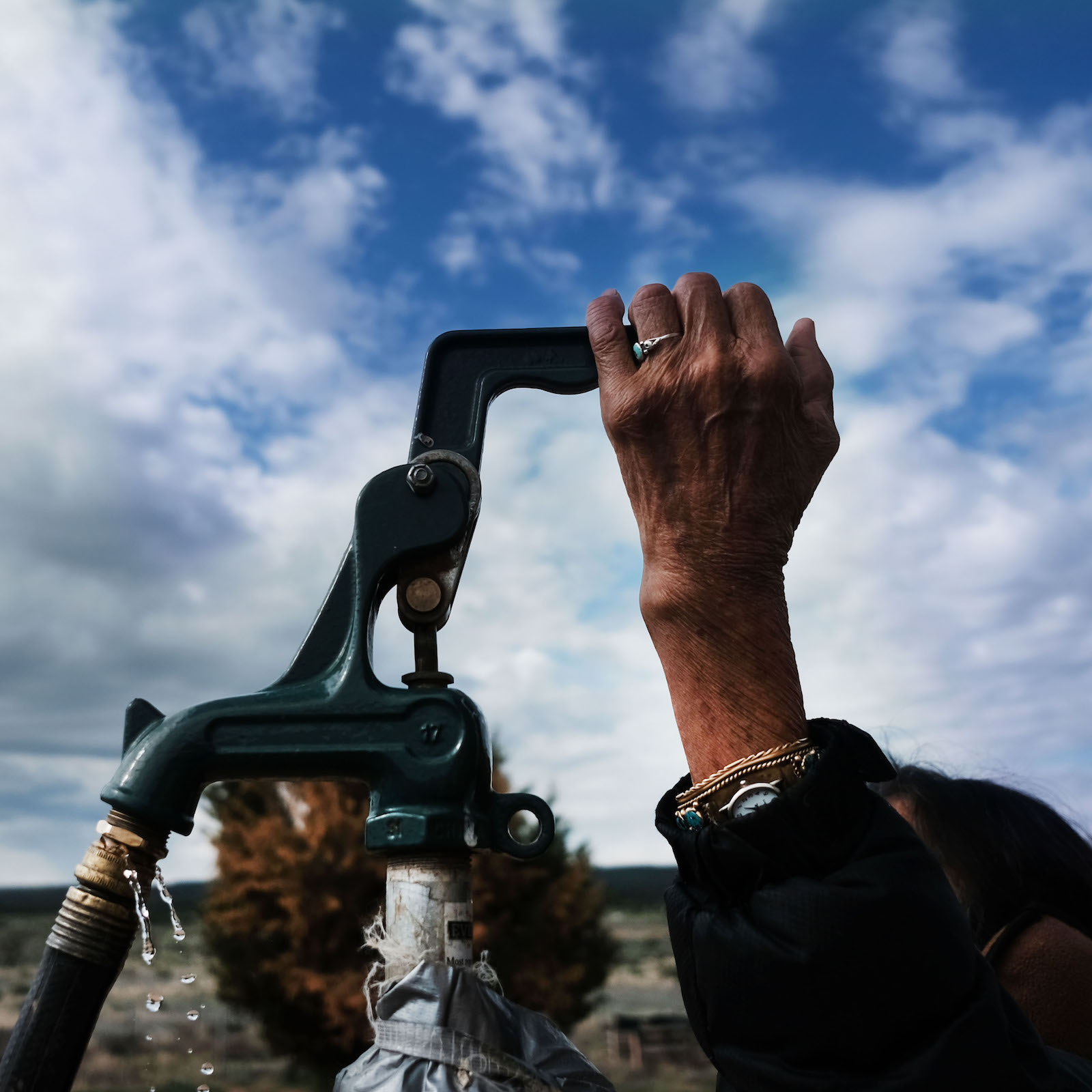Hoping to step up the federal government’s response to long-standing water issues facing Native American communities, the U.S. Environmental Protection Agency released an “action plan” earlier this month that will seek solutions to the many barriers tribes have to running water and wastewater services.
The plan will guide the EPA Office of Water as it works with federally recognized tribes to implement the plan, which was prepared with input from the National Tribal Water Council, an EPA-funded advisory group. Priorities include the creation of federal baseline water-quality standards under the Clean Water Act.
According to a 2019 report from the U.S. Water Alliance, Native American households are 19 times more likely than white households to lack indoor plumbing. The lack of a clean, reliable water source can make handwashing and hygiene difficult for Native households—inequities that were further exposed by the COVID-19 pandemic.
“The infrastructure for safe drinking water and basic sanitation needs are core concerns for any tribal nation,” said NTWC chairman Ken Norton, who is a member of the Hoopa Valley Tribe, whose lands are in Northern California.
Norton said the NTWC made a series of recommendations on ways to improve tribal water infrastructure, including a survey of the lead pipes that are still in service on many reservations. Many of the council’s recommendations were incorporated in the action plan, Norton said, adding that the need for infrastructure funding “far outweighs the allocations that come from federal agencies.”
In the coming months, the EPA will distribute $22.5 million in grant funding for improving tribal drinking water systems, and $32.8 million for wastewater infrastructure, according to the plan. Another goal is to foster tribal self-governance on certain water issues while maintaining the U.S. government’s federal trust responsibility to protect tribal rights and resources. The EPA is also expected to consider reinstituting protections for streams that run intermittently throughout the year, reversing a Trump-era change that removed protections for “ephemeral streams.”
Although it remains to be seen what kind of progress the EPA makes within the plan’s three-year framework, Norton said he is confident the plan will have “immediate positive outcomes for tribal drinking water and sanitation,” especially given the Biden administration’s willingness to engage in tribal consultation.
“We are committed to strengthening our partnership with Tribes and Alaska Native Villages to better understand the water challenges they face and what is needed to make progress,” said EPA spokesperson Tim Carroll in an email.
Over the next three years, the agency plans to launch a website to bolster tribal outreach, expand tribal authority to administer water-quality programs, and provide focused support to address threats from lead and other contaminants.
The stated goals align with an executive order issued by President Joe Biden shortly after his inauguration that directs federal agencies to engage in “regular, meaningful, and robust consultation” with tribes on policies with tribal implications.
“Under this plan, the Office of Water intends to play a significant role in delivering on the Biden-Harris Administration’s commitment to Tribal nations,” said Radhika Fox, assistant administrator for Water, in a statement. “This action plan provides a blueprint for EPA to better understand the water challenges facing our Tribal partners and to identify the best tools to make progress.”



